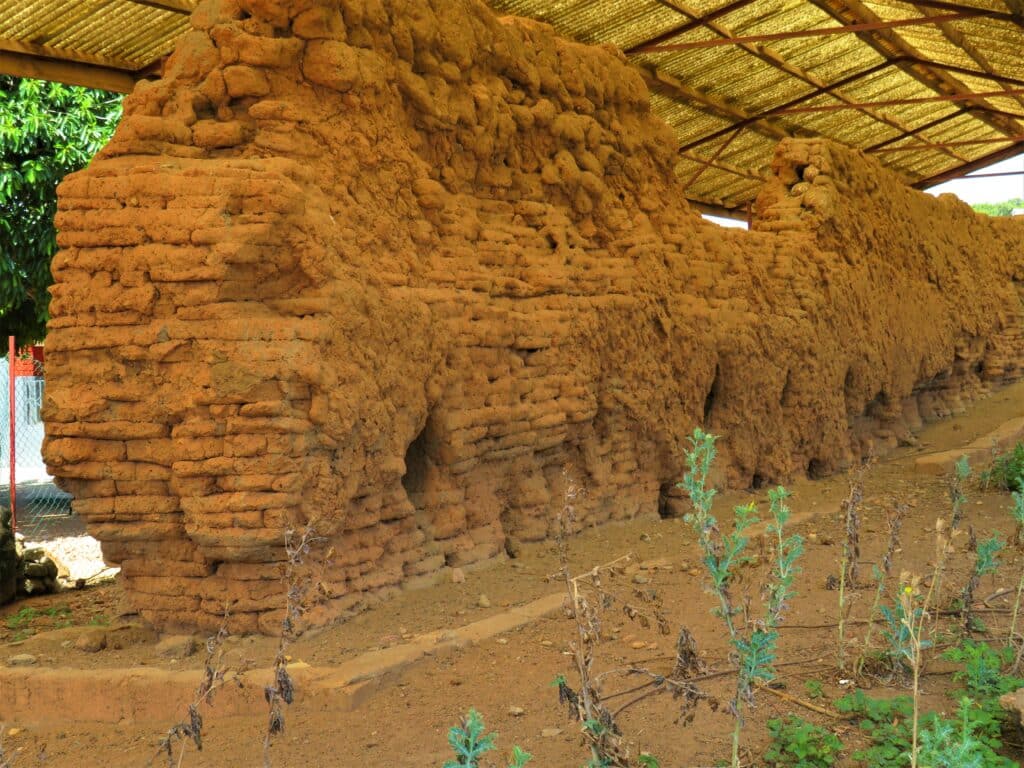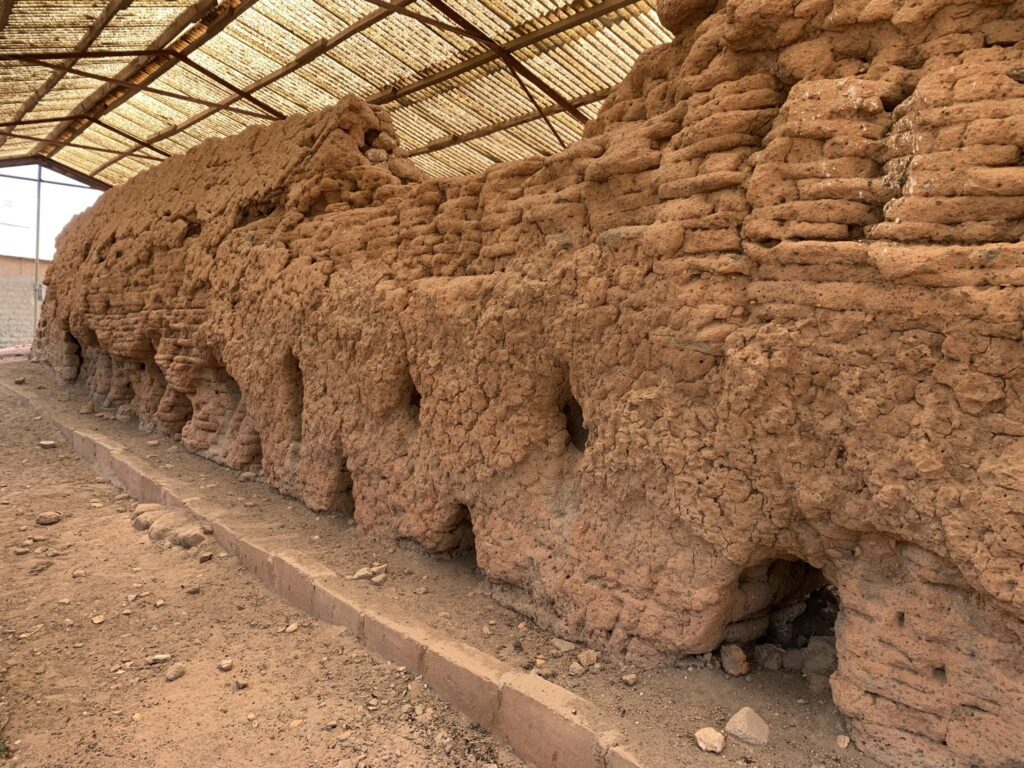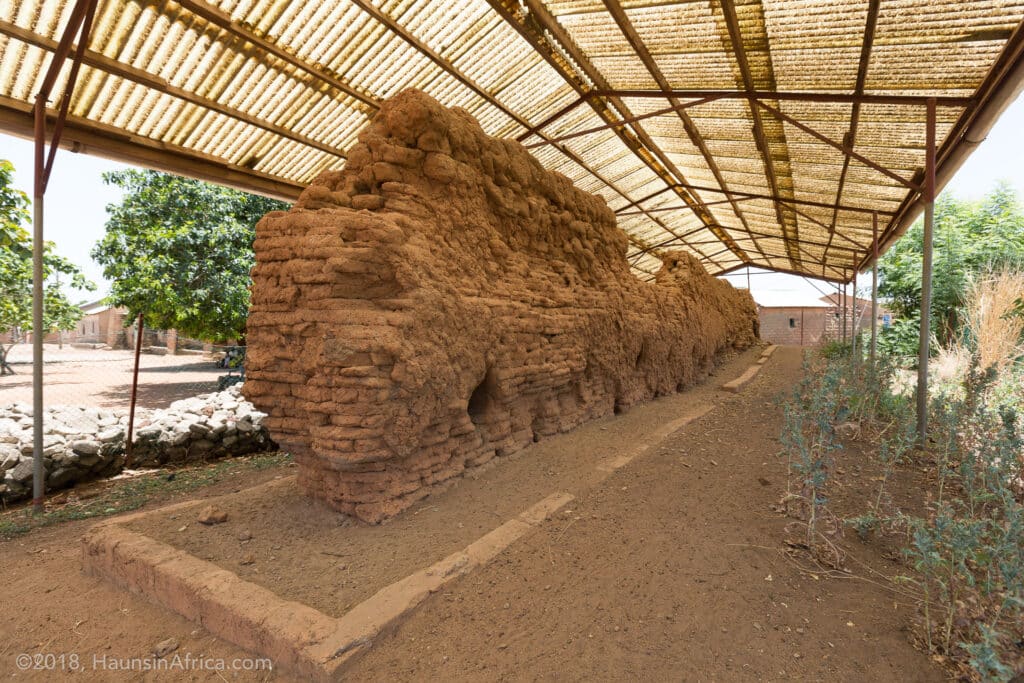The Gwollu Defence Wall, located in the Upper West Region of Ghana near the Burkina Faso-Mali border, stands as a powerful reminder of the country’s tumultuous past and the resilience of its people against the horrors of the slave trade. This historic wall was constructed in the 19th century under the leadership of Gwollu Koro Limann, serving as a formidable defense against the brutal raids of slave traders and warlords.
History of the Gwollu Defence Wall
The 19th century was a dark period in Ghana’s history, marked by the heinous transatlantic slave trade that ravaged countless lives and communities. In response to the relentless attacks and raids carried out by infamous warlords such as Babatu and Samori, Gwollu Koro Limann, a visionary leader, took decisive action to protect his people and their way of life.

Constructed over several years, the Gwollu Defence Wall https://en.wikipedia.org/wiki/Gwollu_Defence_Wallwas part of a larger network of fortifications built to safeguard the region from the scourge of slave traders. The wall served a twofold purpose: one segment encircled the homes of the community, providing a fortified defense against external threats, while the other section protected the valuable farmlands and vital bodies of water, ensuring the sustenance and survival of the people.
The Tenacity of Gwollu Koro Limann
Under the guidance and leadership of Gwollu Koro Limann, the construction of the wall was a formidable feat of engineering and determination. The wall’s design and construction were no simple task, requiring the collective efforts of the community. The project stretched over a span of 10 to 25 years for each section, highlighting the immense dedication and perseverance of the people of Gwollu in the face of adversity.
Legacy of the Slave Trade
The Gwollu Defence Wall stands as one of the many relics of the dark era of the slave trade. It bears witness to the harsh realities of history and serves as a poignant symbol of the resistance and resilience displayed by the people of Ghana during those trying times. While the walls were never completed, they served as a potent deterrent against the relentless slave traders who sought to exploit and devastate the lives of innocent individuals.

Abandonment and the End of the Atlantic Slave Trade
As the Atlantic slave trade was eventually abolished, the need for such extensive fortifications diminished. Though the walls were no longer fully necessary, local slave traders still posed a threat to the region. Despite the challenges, the people of Gwollu demonstrated remarkable strength and determination in preserving their culture and way of life.
Preservation of the Gwollu Defence Wall
Today, the Gwollu Defence Wall stands as a historic treasure and a testament to Ghana’s resilience and strength. It has been recognized as a significant cultural site and attracts visitors from around the world who seek to understand and pay homage to the nation’s past.






































